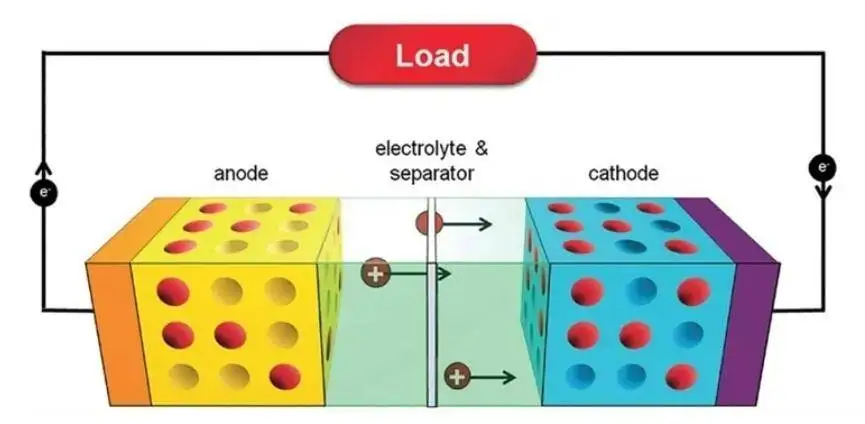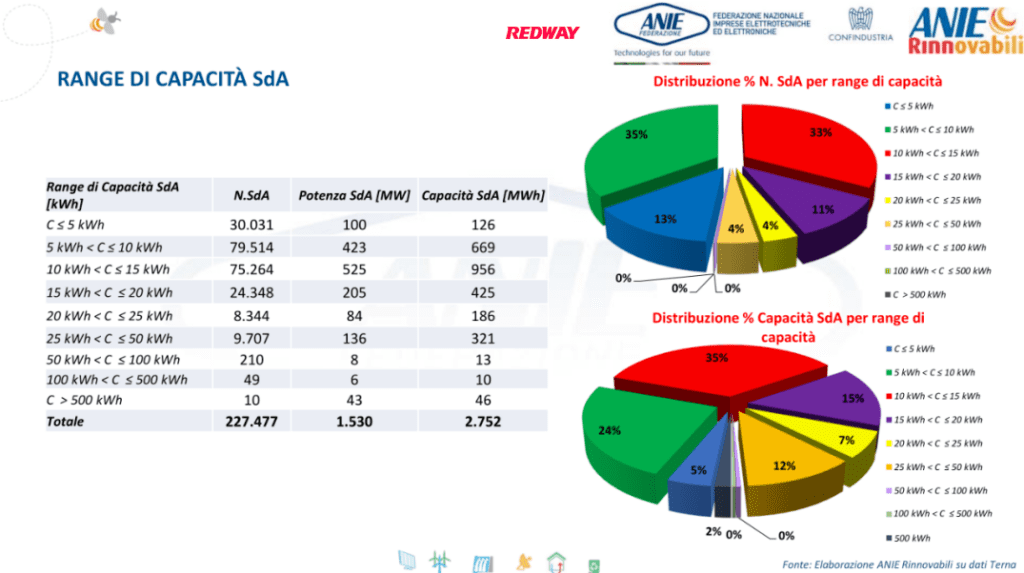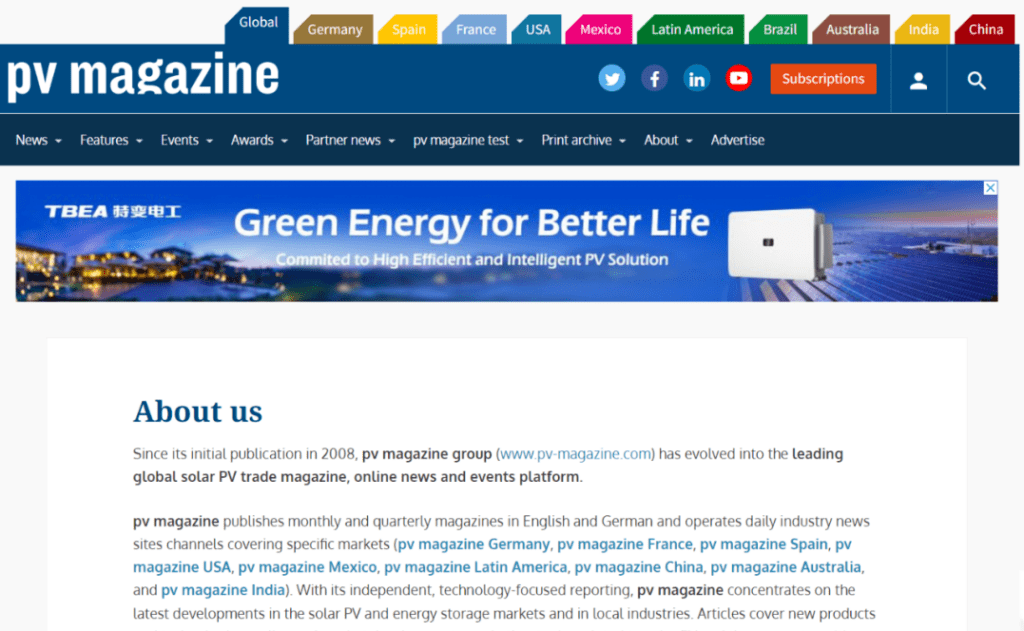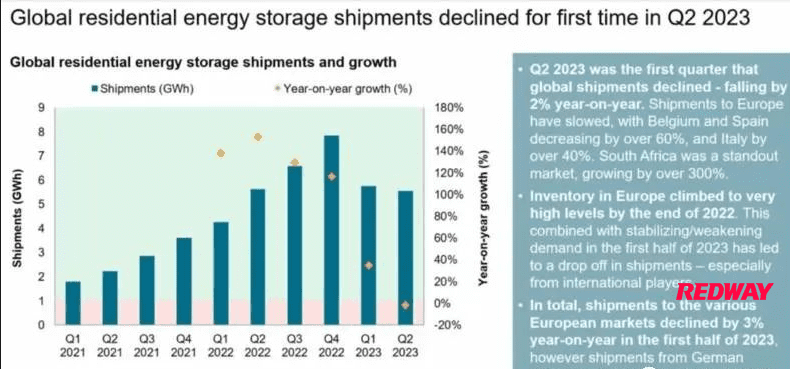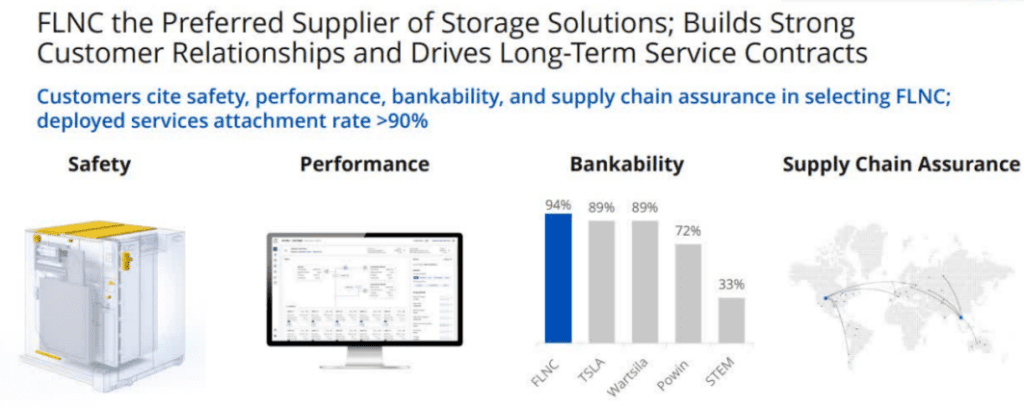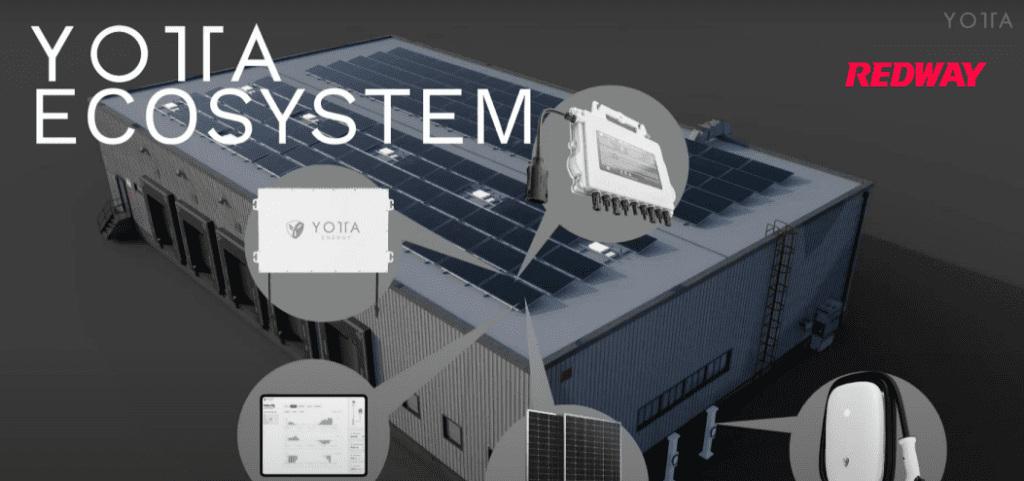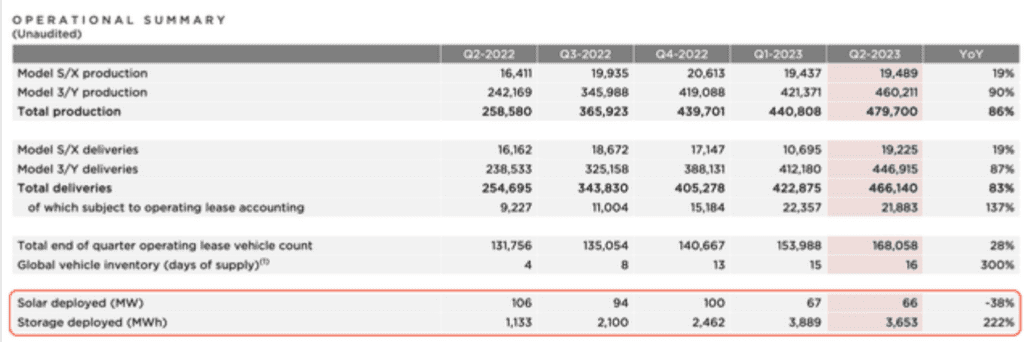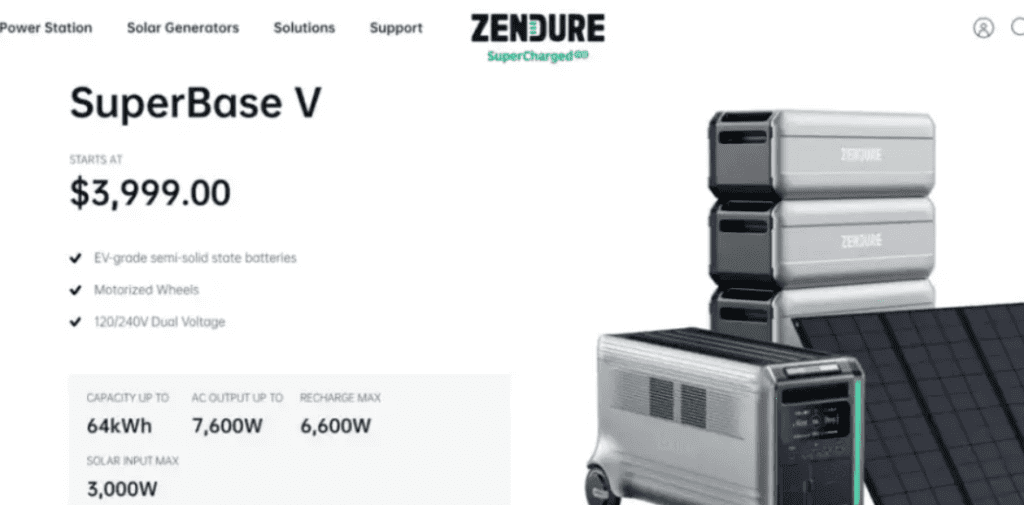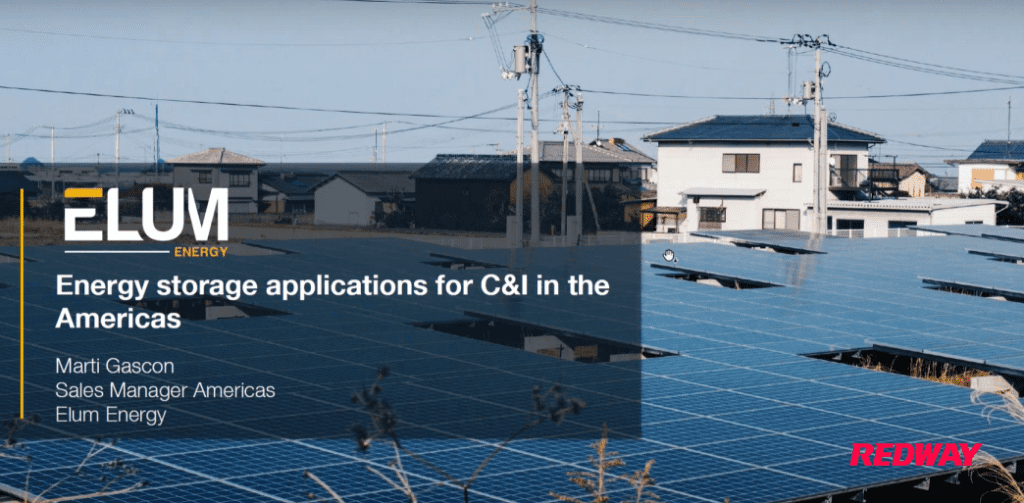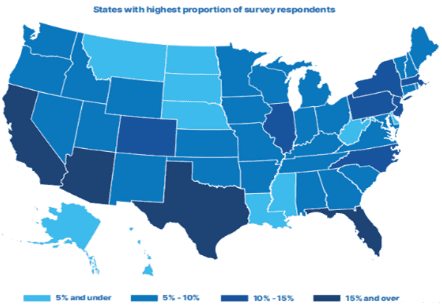Eguana Evolve is a Residential Battery Energy System provider company. They provide sustainable and cost-effective solution to mitigate shortcomings of the traditional grid.
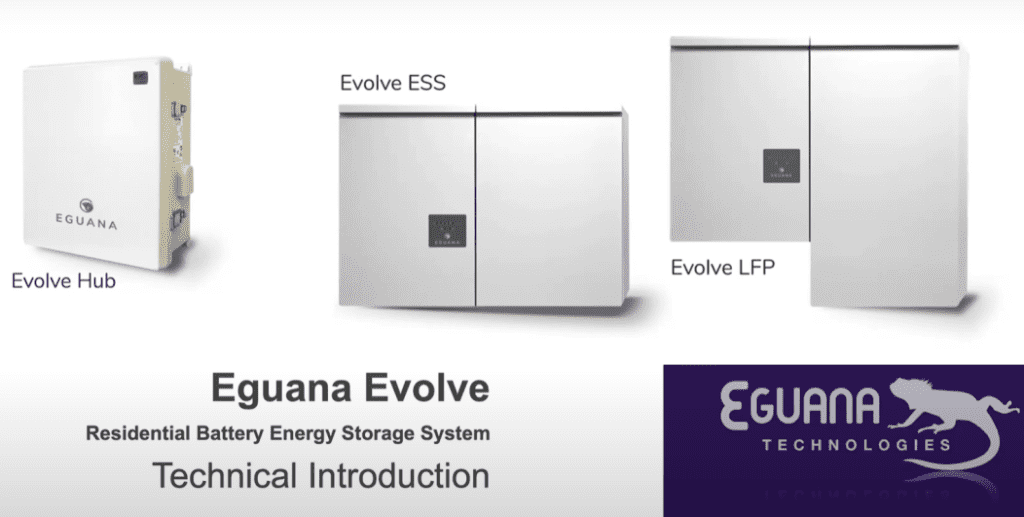
#post_seo_title
Some of the products are:
- Evolve Hub
- Evolve LFP
- Evolve ESS
Technological Definition

#post_seo_title
There are many terms used in our products. Some of the important ones are:
- BESS :Battery Energy Storage System.
- PCS :Power Control System.
- BMS :Battery Management System.
- EMC: Energy Management Controller.
- EMS : Energy Management System.
- PV : Photovoltaic.
- ATS :Automatic Transfer Switch.
- SLD :Single Line Diagram.
- PKI: Public Key
- CT: Current Transformer.
- SOC :State of Charge.
- UID : User Identifier.
- ECI: Eguana Communications Interface.
- ARC: Auto-Recovery Mode.
- PDU: Power Distribution Unit.
Product Introduction

#post_seo_title
The following are the products of Eguana Evolve.
- Evolve System Components.
- System Architecture: AC Coupling Solar + Storage.
- ATS and EMC Functions.
- PCS Architecture (system layout).
- Battery Architecture (battery cabinet connections).
- LFP Battery Highlights.
- Battery System Protection Functions.
Function of Different Components
There are different components that make up the whole system.

#post_seo_title
The following are the components:
Monitoring
- Consumer Monitor.
- Installer User Interface.
- Fleet Aggregator Tools.
- Account Admin & Remote Configurability.
EMS
- Energy Management and Cloud Reporting.
- PV and Load Curtailment Controls.
- BESS Control via Modbus.
- System Fault Handling and Reporting.
- Automatic Transfer Switch.
PCS
- Power Control System (Inverter).
- Battery Gateway / Bridge to AC grid and AC loads.
- PCS Ensures Safe Operation of Battery and Inverter.
BMS + Battery
- Battery Management System / Battery.
- BMS Ensures Safe Operation of Battery.
- Battery Disconnect.
Pylontech LFP (US3000)
The battery used for powering our products is Pylontech LFP (US3000) which is a versatile and durable lithium-ion battery.

#post_seo_title
Some of the important characteristics of this battery are:
- Non-toxic, non-polluting and environmentally friendly.
- Protection functions including over-discharge, over-charge, over-current
- Flexible configuration, multiple battery modules can beconnected in parallel to extend capacity and power.
- Self-cooling mode with reduced system noise.
- Themodule has less self-discharge and up to 6 months without charging.
- Excellent performance of shallow charge and discharge.
- Working temperature range is from -10oC to 50o C (Charging 0o C-50o C; discharging -10o C-50o C).
- 6,000-cycle life,10-yr.warranty (15+ years design).

#post_seo_title
Energy Algorithm
Control of system is based on Solar Self Consumption algorithm.

#post_seo_title
According to this algorithm:
- Battery Charged when Solar > Load.
- Battery Discharged when Solar < Load.
- Excess PV Exported to Grid.
System Architecture
The following picture shows basic architecture of Eguana System.

#post_seo_title
Power Conversion System
Power Conversion System (PCS) is built in for battery protection.

#post_seo_title
Some of its important functions are:
Auto-recovery feature
- Batteries go into hibernation mode (do not turn ON from module power switchwhen dropping below critical minimum SOC. PCS has controls to take battery out of hibernation.
- No need for external battery charging equipment.
Battery Maintenance Routine
- Ifany battery module SOC vs battery rack SOC is >3% delta, PCS warns EMC to prioritize automated SOC balancing routine following end of priority use case
PCS Pre-Charge Circuit
- Prevents high inrush currents to PCS bulk capacitors when battery power is When shut-off, reduces standby losses in sleep mode.
System Design Considerations

Following are some design considerations that should be taken into account :
- PV to Battery System Ratios.
- Breaker sizing
- Backup Power
- Battery capacity sizing based on nominalload
- PCS output power limitations (inrush & transient performance)
- Typical home load profile examples
- Notable home load cases (backup load planning)
- What equipment do you need to measure total blackstart load profile?
- Single Line Diagram Review – AC Coupled Solar + ESS with Backup
PV Inverter to Battery Inverter Ratios

#post_seo_title
The general rule to follow between PV Inverter to Battery Inverter Ration is 1:1.
Some of the benefits of this ratio is:
- Allows battery to absorb peak PV current until battery is full(no off-grid loads).
- Battery charge is limited to 5kW (240V/20.8A).
- Battery discharge has limited surge capability, up to 8.5kW (240V/35A).


